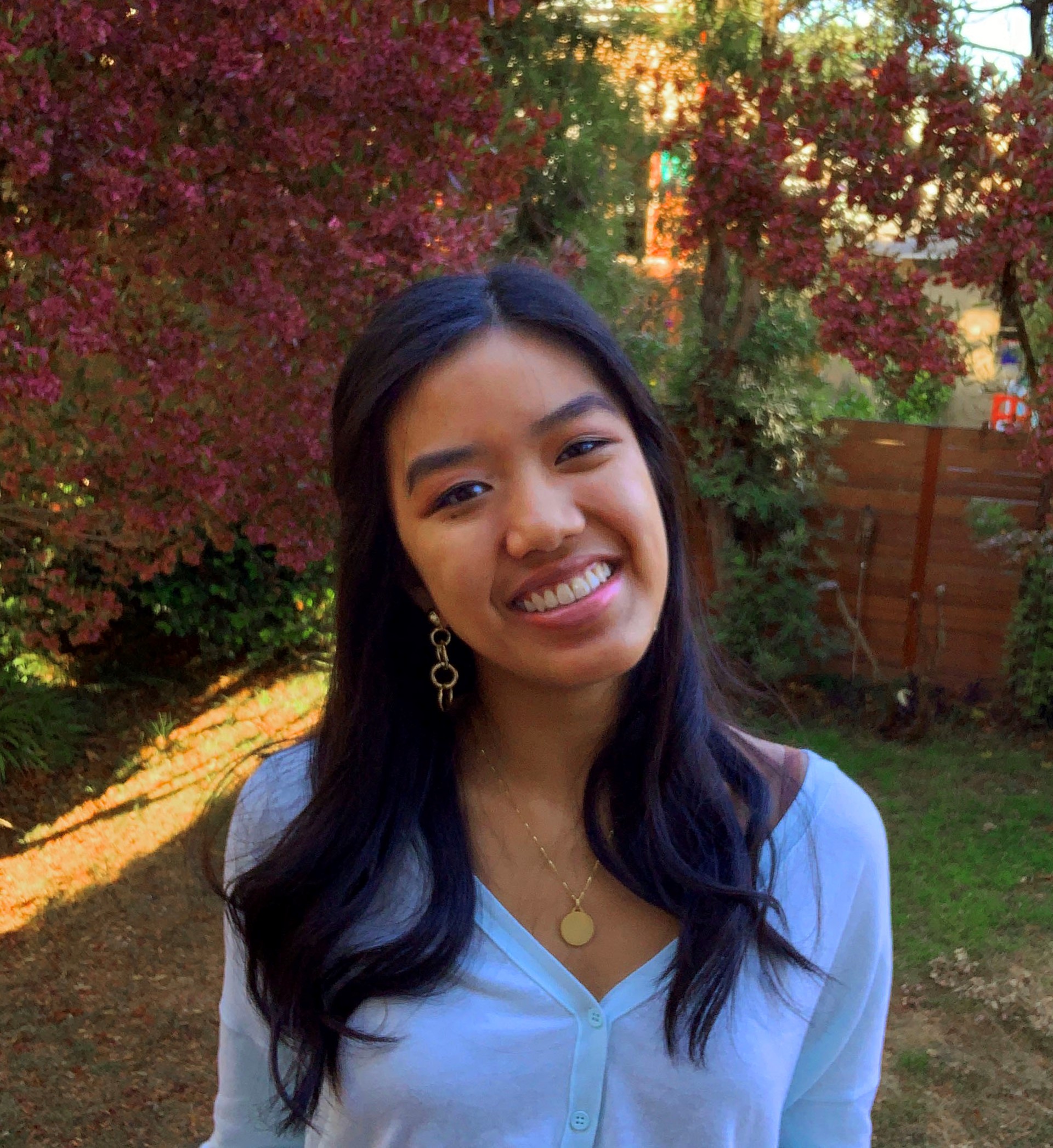Live Poster Session: Zoom Link
Thursday, July 30th 1:15-2:30pm EDT
Abstract: Growth and development within an organism are shaped by both genetic and environmental factors, including present and parental environmental conditions such as light and soil moisture. These transgenerational effects result in varied phenotypic expression of aboveground shoot tissues and belowground root tissues. However, it is difficult to study and measure these developmental changes in both shoot and root tissues throughout a plant’s life cycle. Here we have developed a method for non-destructive analysis of aboveground biomass in individual Polygonum persicaria throughout their growth and development. This digital imaging technique uses software to color edit and binarize images in order to quantify total leaf canopy area, ultimately measuring change in the same individual at different time points. This method was used in a summer greenhouse experiment examining how inherited effects of parental sun/shade influence how a developing progeny responds to its own sun/shade environment. We have also developed a new method of analyzing Polygonum cespitosum root tissues that uses scanning techniques to better visualize and quantify complex root systems post-harvest. This method is currently being implemented in an experiment examining the effects of parental drought stress in progeny exposed to drought stress. With increasing extreme weather events from anthropogenic-induced climate change, using these digital imaging methods to study transgenerational plasticity can help us understand how organisms might adapt to a warming planet and associated changes in environmental conditions.
Jolie-Villegas-CIS-Poster-Jolie-VillegasLive Poster Session: Zoom Link
Thursday, July 30th 1:15-2:30pm EDT


